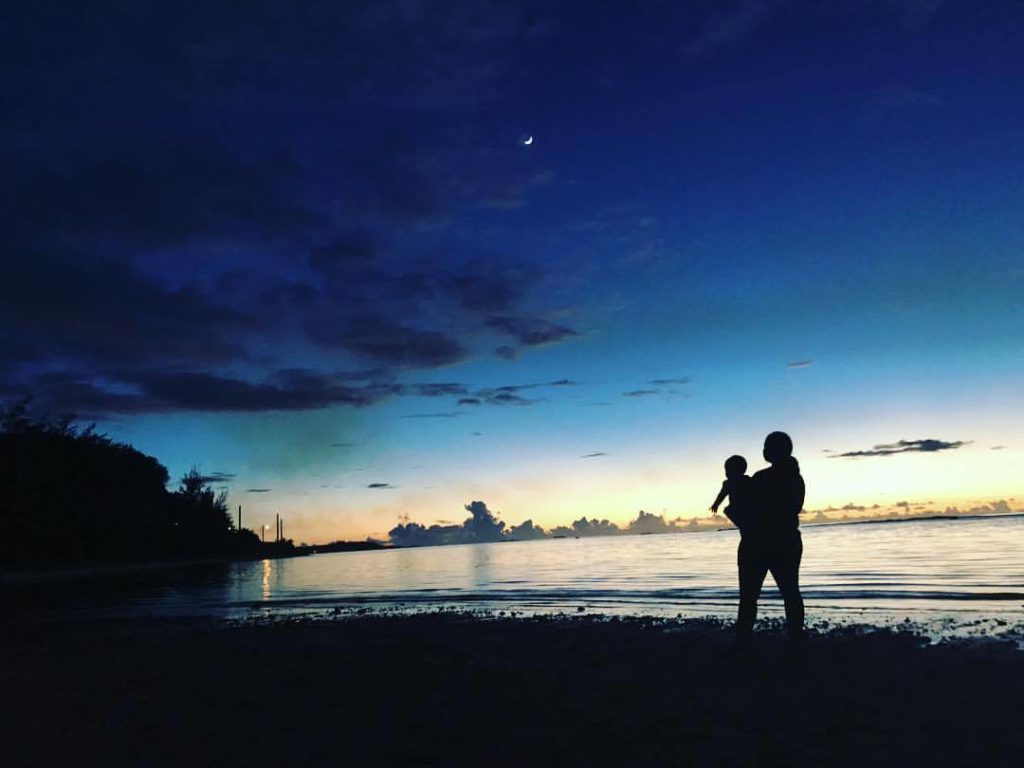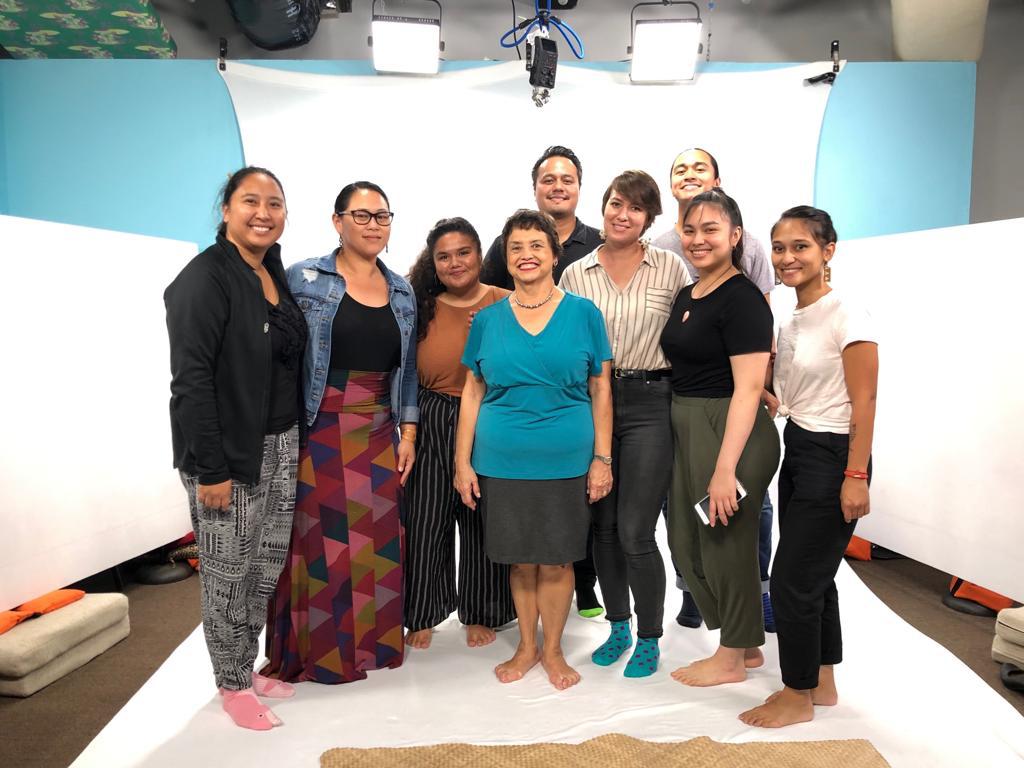
In today’s money-driven world, where our society measures success by how much you have in possession, quantity is often favored more than quality.
The importance of cultural identity has taken a backseat to individual achievement. The CHamoru culture and its endangered language seem to have no place in it.
Without a doubt, CHamoru is a rich and important culture, especially in its motherland, the Marianas.
But for families with young kids, what is the value of practicing the customs and language? Is it even worth it when we live in a western lifestyle that often has no room for cultural variety? Is there a place for a CHamoru upbringing where staying “trending” is a priority?
Whether you were born and raised on the islands or are of the CHamoru diaspora, the CHamoru people have been disconnected from their indigenous culture and language due to centuries of colonization and occupation.
For decades, families have been failing to practice the language and pass it down through the generations. The centuries of colonization of the Mariana Islands by imperial superpowers has drastically changed the people of these islands.
In 1917, Naval Government Executive General Order No. 243 designated English as Guam’s only official language. The only CHamoru to be spoken was strictly for official interpreting.
Although the oppressive language policies progressively lifted over time, the damage had been done. The use of the CHamoru language had taken a substantial hit that would only continue to decline.
The American’s presented many opportunities that came with speaking English. For many families, the pursuit of a better life was through speaking English.
Therefore, the use of the CHamoru language began decreasing in Guam homes because using English in society was increasing. Quite simply, the higher-paying, governmental jobs were only available to English-speakers.
Despite the diminishing use of the CHamoru language, there have been pockets of cultural practitioners and language educators who have been working to counter the effects of colonization.
One of those efforts is Chief Huråo Academy, a CHamoru immersion daycare founded by Ann Marie Arceo. They aim to instill the CHamoru language into children and create fluent speakers starting at a pivotal young age.
Chauntae Quichocho is a CHamoru and an alumni of Chief Huråo Academy. Today, she is a University of Guam student majoring in CHamoru Studies for Education.
“In the past, our people were forced to speak English. But also they were presented with the ideology that English is better than CHamoru. And that English was the only way to find success.”
“My hope is that we can emphasize that CHamoru is just as good as English. Especially with the revitalization efforts being made now,” Quichocho said.

Another organization is Duk Duk Goose, Inc., or more commonly known as Nihi! (named after their flagship show). It is a non-profit focused on reaffirming the identity of Guam’s children through media pieces and facilitating learning the CHamoru language in the community.
Nihi! produces shows such as “Kids Talk,” where children, or famagu’on, interview important elders, or saina, discussing topics that are affecting the region. In its latest show, “Eat With Your Ancestors,” the famagu’on explore the region’s culture and values through food.
Frescania Taitano Taitague, the editor at Duk Duk Goose, Inc., shares her thoughts on their mission, “The reason we do what we do is simple. Affirming identity in the children of Guam and the Micronesian region does so much for their own self-esteem.”
From Spanish to American to Japanese, and back to American, each has left their mark on the CHamoru culture and influenced how it is practiced today.
“When kids are grounded in their roots, they often perform better in school and have less issues with mental health. We are working to build power through identity and equip the next generation of protectors,” Taitague said.
For CHamoru parents, they are faced with the dilemma of prioritizing the practicing of their language and culture with their children for the sake of its survival. But with the developing resources and efforts being made to assist them, there is hope for the CHamoru language and culture to have an everlasting place in the lives of our future generation.
This article was written as an assignment for CO-226: Media Writing.
